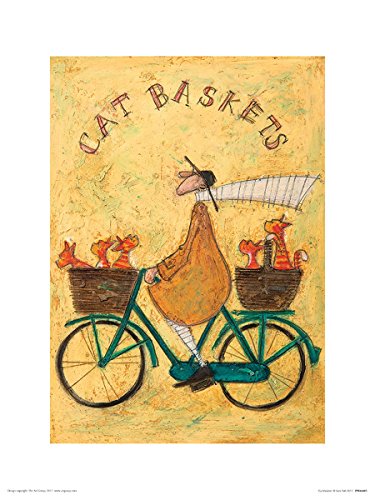Introduction to Sami Culture
The Sami people, indigenous to the northernmost regions of Europe, have a rich and complex cultural identity that has persisted for thousands of years. They inhabit areas across Norway, Sweden, Finland, and Russia, primarily in the Sápmi region, which is comprised of a unique geographical landscape characterized by vast tundras, forests, and mountain ranges. Historically, the Sami’s way of life has been closely tied to the land, with reindeer herding emerging as a paramount aspect of their culture, economy, and social structure. This domestication of reindeer has not only provided them with sustenance but has also been a central facet of their traditions and spiritual beliefs.
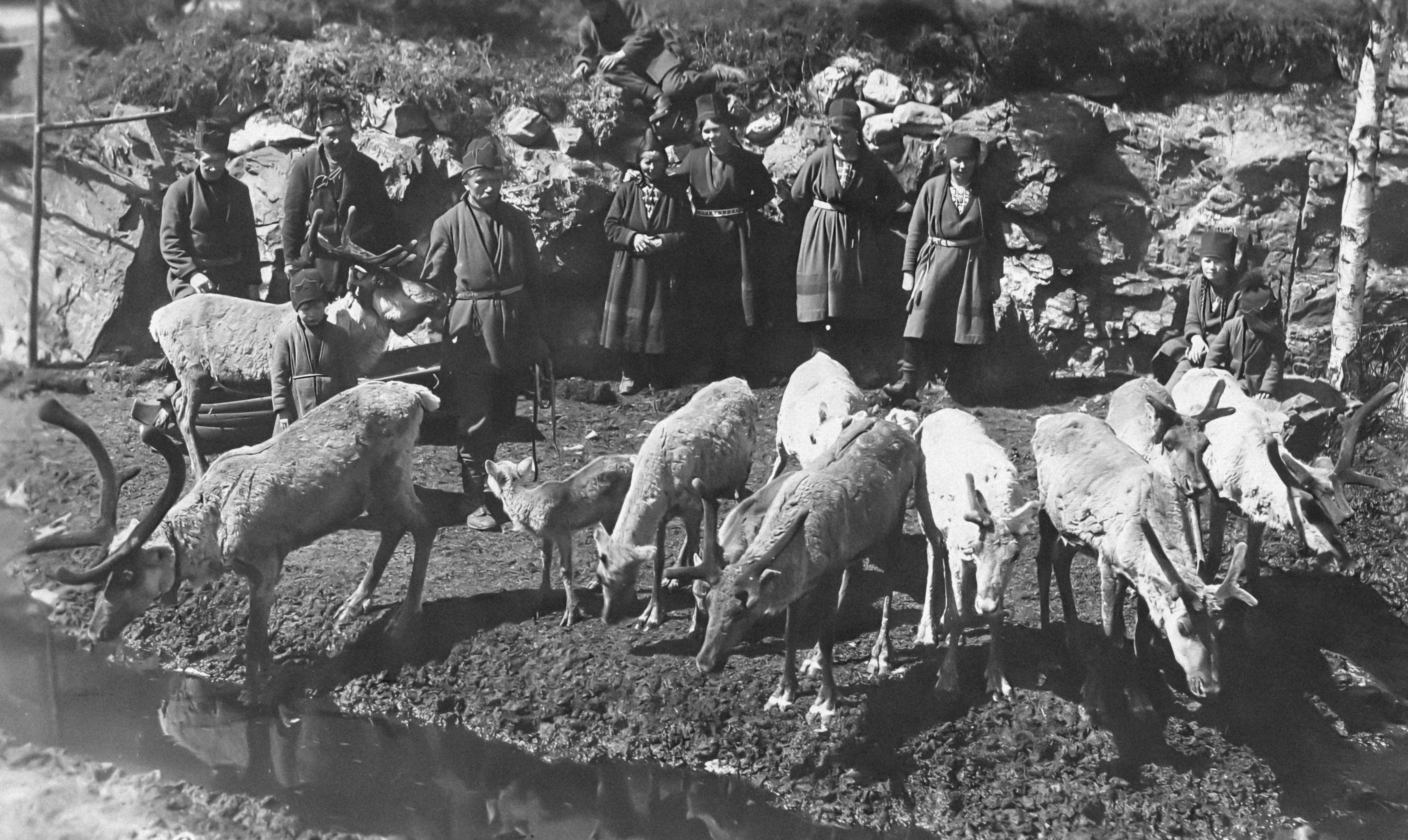
The Sami language, or languages, belong to the Finno-Ugric group and consists of several distinct dialects, which reflect the diverse local cultures and sub-groups within the Sami community. This linguistic diversity is a crucial element of Sami heritage, emphasizing their unique identity while also posing challenges for intercommunication among various Sami speakers. In recent years, there has been a renewed interest in preserving and revitalizing the Sami language as a means of strengthening cultural ties and promoting Sami identity among younger generations.
The Significance of Reindeer Herding
Reindeer herding stands as a cornerstone of Sami culture and is intricately woven into the fabric of their traditional way of life. For centuries, reindeer have not only provided sustenance and materials for clothing, but have also played a pivotal role in the Sami identity and spiritual practices. The significance of reindeer herding can be understood through various dimensions, including its economic, cultural, and social aspects.
Economically, reindeer herding is vital for many Sami communities, as it serves as both a source of livelihood and a means of sustenance. The seasonal migration of reindeer is fundamental to this practice, characterized by the herders’ movement across vast territories to ensure the animals access fresh grazing land. This seasonal pattern is not arbitrary; it follows the natural behaviors of the reindeer as they seek out lichen and other forages that sustain them. Throughout these migrations, Sami herders demonstrate a profound understanding of the landscape, weather patterns, and reindeer behavior, which has been passed down through generations.
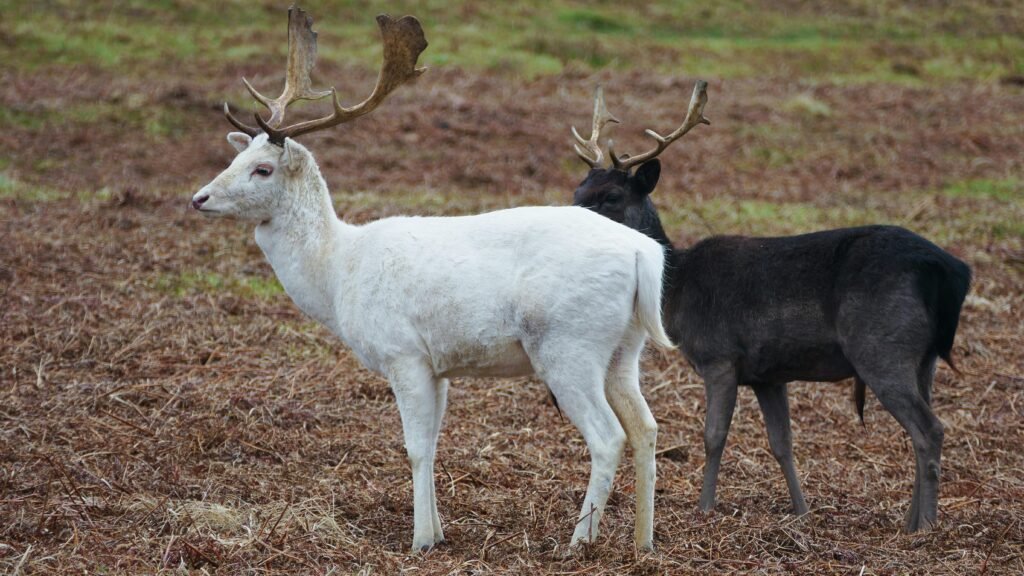
Culturally, reindeer herding is interlinked with Sami traditions, music, and art. It shapes their festivals, stories, and communal gatherings, reinforcing social ties and shared identity among the Sami people. The herding life embodies the unique relationship the Sami have with nature, instilling a deep respect for the environment and its resources. In a modern context, however, this way of life faces challenges from climate change, industrialization, and encroachment from external interests. Despite these challenges, the Sami continue to adapt while striving to preserve their cultural heritage and the traditional practices of herding. The resilience and sustainability embedded in reindeer herding are critical for maintaining not only the Sami way of life but also the ecological balance in the Lapland region.
Traditional Sami Lifestyles and Practices
The Sami people, indigenous to the northern regions of Europe, particularly Scandinavian countries, have a unique way of life characterized by their deep connection to nature and traditional practices that have been passed down through generations. Central to their daily existence is the reindeer, which serves not only as a key source of sustenance but also as an integral part of their cultural identity. The Sami have developed a nomadic lifestyle, moving with the seasons to access grazing lands, which is essential for the reindeer herding that sustains their way of life.
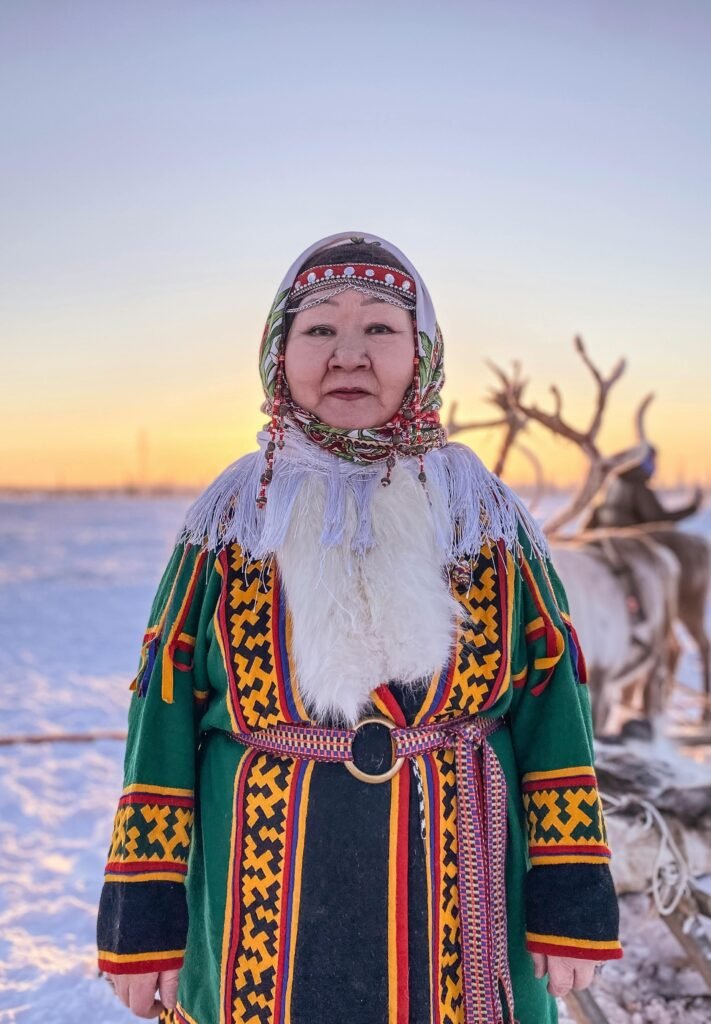
Clothing plays a significant role in Sami culture, with the gákti being a prominent feature of their traditional attire. This garment is often brightly colored and beautifully adorned with intricate patterns and symbols that reflect the wearer’s family heritage and social status. The gákti is not merely ornamental; it is designed to withstand the harsh Arctic climate, providing warmth and protection from the elements. Each community has distinctive styles, with variations in cut and decoration that highlight regional identities within the Sami population.
Housing for the Sami is typically represented by traditional lavvus, which are conical tents made from wooden poles and covered with reindeer skins or canvas. These structures are well-suited for their nomadic lifestyle, allowing for quick assembly and disassembly as the Sami move between pastures. Inside a lavvu, a central fire burns to provide heat and light, creating a communal space where family and friends gather to share stories, meals, and music, fostering a sense of community and togetherness.
Food sources for the Sami are deeply intertwined with their environment, primarily revolving around reindeer meat, which is a staple in their diet. Additionally, they gather fish, berries, and herbs from the land throughout the seasons, ensuring that their culinary practices are not only fluid with the ecosystem but also culturally significant. The Sami’s way of living exemplifies a profound respect for the natural world, encapsulating a heritage that embraces sustainability and the cycles of the Earth.
Cultural Traditions and Spiritual Beliefs
The Sami people, indigenous to the northern regions of Finland, Sweden, Norway, and parts of Russia, boast a rich tapestry of cultural traditions deeply intertwined with their environment. One of the most hauntingly beautiful forms of expression is their traditional music known as joik. This vocal chant, characterized by a unique style of singing, transports listeners into a realm of emotion and connection with nature. Joik is often performed during significant communal gatherings, celebrations, and rites of passage, allowing the performer to convey stories of individuals, animals, or landscapes.
Alongside their musical traditions, storytelling holds a vital place within Sami culture. Oral storytelling serves not only as entertainment but also as a means of passing down knowledge and traditions through generations. These tales often feature elements of the natural world, illustrating the Sami’s deep respect for the land and its creatures. Such narratives frequently reflect the importance of reindeer, not only as a source of sustenance and livelihood but also as a symbol of identity. The art of crafting, particularly using materials from nature, showcases the Sami’s ingenuity and their profound connection to the environment. Items such as intricately designed textiles, beads, and carvings are created with the utmost care, often carrying a story of their own.
The Sami’s spiritual beliefs are closely linked to their environment, with nature seen as a sacred entity. Animism is prevalent, affirming the idea that spirits inhabit the land, animals, and even inanimate objects. This spiritual connection emphasizes the need for stewardship over natural resources. Rituals and practices surrounding reindeer herding exemplify this reverence, as the Sami express gratitude and respect towards their herds through various ceremonies. Overall, the Sami culture exemplifies a harmonious relationship with nature, where traditions and beliefs reflect a balanced existence within their unique landscape.
Challenges Faced by the Sami Community
The Sami community, indigenous to the Arctic region of Europe, faces a myriad of challenges in contemporary society that threaten their traditional ways of life. Among the most pressing issues is climate change, which has a profound impact on the ecosystems where they live and herd reindeer. As temperatures rise and weather patterns become increasingly unpredictable, the availability of grazing land diminishes, impacting reindeer migrations and health. The Sami depend on their herding practices not only for sustenance but also as a crucial aspect of their cultural identity. Climate change directly alters the natural rhythms that have governed these practices for centuries.
Furthermore, land rights issues present significant obstacles for the Sami. Historically, large swathes of traditional Sami lands have been appropriated for industrial use, including mining and forestry, often without adequate consultation or compensation. This loss of access to land not only disrupts their reindeer herding activities but also undermines their connection to the land, which is paramount to their cultural heritage. The ongoing struggle for land rights is crucial as the Sami seek recognition and protection of their ancestral territories, which are essential for maintaining their livelihood and cultural practices.
In addition to environmental and land-related challenges, cultural assimilation pressures pose another threat to the Sami community. Increased globalization and the dominance of mainstream culture have led to a decline in the use of the Sami language and traditional practices. Younger generations may feel the pull of urban life and the allure of modernity, risking the erosion of their unique cultural identity. In response to these challenges, the Sami community is actively engaged in efforts to revitalize their culture and language, ensuring that they remain integral to future generations. Ultimately, addressing these multifaceted challenges is essential for the preservation and continuation of Sami culture and reindeer herding traditions.
Experiencing Sami Culture as a Traveler
Traveling to the breathtaking landscapes of Lapland provides a unique opportunity to engage with the rich and vibrant Sami culture. However, as with any cultural experience, it is essential to approach this with sensitivity and respect. One of the most meaningful ways to engage with Sami culture is by supporting local businesses. Consider purchasing handmade crafts and artisanal products directly from Sami artisans. This not only preserves their traditional livelihoods but also fosters economic sustainability within the community.
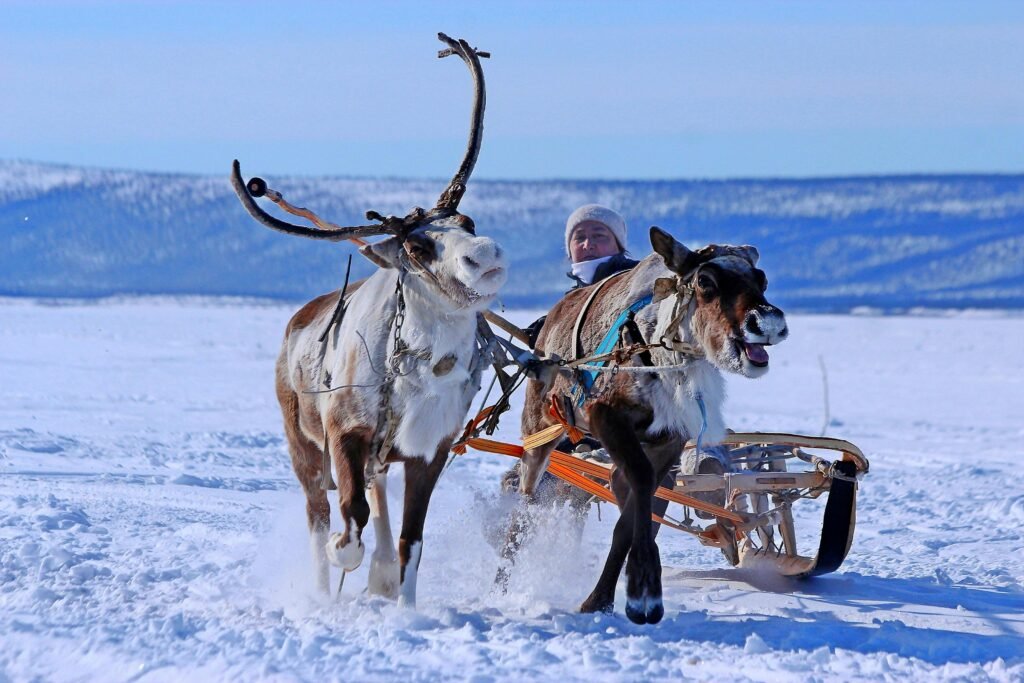
Participating in authentic cultural experiences can also enhance your understanding of the Sami way of life. Look for opportunities to join guided tours led by Sami individuals, where you can learn about their traditions, language, and daily practices. Engaging in activities such as reindeer sledding or traditional storytelling can provide immersive insights into their world. It is important to ensure these experiences are organized by reputable companies that collaborate closely with the Sami people, as this helps ensure that cultural representations are accurate and respectful.
A key aspect of engaging with the Sami community is being aware of cultural sensitivities. Respecting their customs, such as seeking permission before photographing individuals or sacred sites, reflects an understanding of their traditions. Additionally, familiarize yourself with their beliefs and practices, which may differ significantly from your own cultural background. A respectful traveler must also be open to learning and adapting their behavior to align with local customs.
By adhering to these guidelines, travelers can contribute positively to the preservation of Sami culture and enhance their own travel experience. This shared respect fosters meaningful connections, allowing visitors to appreciate the depth and splendor of Sami heritage while minimizing the impact of tourism on their way of life.
Sami Festivals and Celebrations
The Sami people, indigenous to the northern regions of Norway, Sweden, Finland, and Russia, celebrate their rich culture through a variety of festivals and gatherings. One of the most prominent events is the Sami National Day, celebrated annually on February 6th. This day marks the first Sami congress held in 1917 and is a significant occasion for raising awareness about Sami rights and culture. Festivities on this day include traditional music, dance performances, and art exhibitions that showcase the vibrant Sami heritage. Communities often organize parades where participants don traditional attire, known as gákti, symbolizing their identity.
In addition to the national celebration, various local festivals play a crucial role in sustaining cultural traditions and fostering community spirit. One such gathering is the Annual Sami Market in Jokkmokk, Sweden, held every first weekend in February. This market not only serves as a platform for local artisans to showcase their crafts but also features cultural performances, storytelling sessions, and culinary delights that highlight traditional Sami food. Visitors from near and far experience the lively atmosphere that brings together Sami and non-Sami alike to celebrate the living culture.
Another important event is the Sámi Easter Festival, which varies in dates with the lunar calendar. This festival is centered around themes of renewal and revival, connecting individuals with the seasonal cycles of nature. Activities may include storytelling, traditional crafts, and reindeer-related events that reflect the integral role of herding in Sami culture. Such gatherings enable the exchange of knowledge and traditions across generations, strengthening the bonds within Sami communities.
In summary, these festivals and celebrations play a vital role in preserving the unique identity of the Sami people while also serving as an avenue for younger generations to engage with their heritage. Through various events, the community reaffirms its pride and commitment to cultural continuity, crafting a vibrant narrative that binds its members together.
The Role of Sami Art and Craftsmanship
The Sami people, indigenous to the northern regions of Norway, Sweden, Finland, and Russia, possess a rich artistic heritage that plays a vital role in their cultural identity. Central to their artistic expression are traditional handicrafts known as duodji, which encompass various forms of craftsmanship including textiles, wood, and leather work. These handicrafts are not only functional items but also serve as important cultural symbols, intricately designed with motifs and patterns that reflect the natural world and the Sami way of life. The artistry often embodies themes of reindeer herding, wildlife, and their spiritual beliefs, effectively linking practical needs with cultural expression.
Duoji pieces are typically crafted from natural materials, representing a deep connection to the environment. For instance, reindeer skins, bones, and antlers are commonly used to create warm clothing, tools, and decorative items. The techniques passed down through generations emphasize sustainability and respect for nature, traits that are foundational to Sami philosophy. Moreover, the process of crafting these items involves not just skill, but also the transmission of cultural knowledge, stories, and communal values, making each piece a narrative of the Sami experience.
In recent years, there has been a resurgence of interest in Sami art, leading to the emergence of contemporary artists who blend traditional craftsmanship with modern aesthetics. These artists challenge perceptions of Sami identity and culture while revitalizing archaic craft forms through innovative practices. By incorporating contemporary themes and techniques, they engage a broader audience and ensure that Sami art continues to evolve. Furthermore, this artistic revival has promoted appreciation of Sami culture on national and global platforms, sparking discussions about indigenous rights and cultural preservation.
Conclusion: The Future of Sami Culture
The Sami people, with their rich cultural heritage and deep-rooted connection to the Arctic landscape, have shown remarkable resilience despite historical challenges. Their enduring traditions, particularly in reindeer herding, illustrate a sustained relationship with nature that has been passed down through generations. This closeness to their environment not only defines their identity but also highlights the importance of preserving unique cultural practices that are under threat from modernity and climate change.
As explored throughout this blog post, the Sami culture is characterized by a profound understanding of land stewardship, which positions them as vital contributors to biodiversity and sustainable practices in the region. The reindeer are not just livestock; they symbolize the Sami’s way of life, their spirituality, and their social structures. The challenges posed by globalization, land encroachment, and climate shifts necessitate an urgent focus on cultural preservation. Efforts include educational initiatives, promoting traditional knowledge, and advocating for rights to land and resources essential to their way of life.
For travelers and individuals interested in supporting the Sami culture, it is crucial to engage with it respectfully and authentically. This means understanding the significance of their traditions and participating in activities that highlight their heritage, such as handicrafts, storytelling, and traditional ceremonies. Supporting local Sami markets and tourism initiatives can also play an essential role in sustaining their cultural practices. Thus, by appreciating and promoting the Sami culture in our travels and daily lives, we contribute to the powerful narrative of cultural resilience. The future of Sami culture, embodying both tradition and adaptation, ultimately depends on collective efforts to sustain and honor their unique identity.


